
Building information modelling (BIM) has become one of the buzz words in the construction industry lately.
Various exponents of the concept speak in terms of a single model database linking all the project data for seamless integration between the various disciplines. Unfortunately that dream has yet to materialise.
Perhaps therefore, it is best to view BIM as an emerging project management process with open workflow exchange, where information is refined and developed in a practical way, and where possible, exchanged between the various parties to suit the needs of their tasks.
Is BIM new? Not at all, successful construction management has always relied upon the effective exchange of information throughout the period from concept to delivery. Many great works of construction were delivered before computers were invented. However, as the use of information technology becomes more refined, it gives us opportunities to gain benefits of efficiency and accuracy throughout the spectrum of activities necessary to deliver a project.
Is there anything wrong with the ‘one model’ interpretation? Nothing would be wrong if there was in fact a system available that did everything for everyone and everybody had accurate data. This is currently not that practical – at least not for a while yet. A key issue is that information ‘tolerance’ changes as the processes move downstream and combine. In the real world, the architect has his concept, the engineer deals with the physics and the contractor deals in practicalities. Each discipline delivers only what is necessary for his step in the process. The final design is a rationalisation of these and many more factors. As the design evolves, various aspects move into the auspices of individual specialists in particular disciplines, each adding their refinements to the model. Unfortunately, for now at least, little of that information flows back up the chain or to other specialists in an electronic form.
The current reality is that these various disciplines use the best tools available to them for their particular job and so the building model develops across a number of different databases each holding disparate data. Data exchange formats such as CIS2 offer opportunities to link these systems and to pass a subset of data back and forward.
In the steel sector, it is quite normal for the engineer’s dimensional data to be approximate yet still regarded as fit for purpose, whilst the fabricator reasonably requires more absolute data which he derives from several sources. Engineer’s models are sometimes discarded by the detailer simply because it is not accurate enough for responsibility.
As well as the accuracy issue, to successfully implement BIM, it is also necessary to deal with the nature of the way in which information propagates. The reality is that there is rarely a clean transfer of a whole package representing a building model, instead discrete packages pass back and forth along the chain sometimes adding information, sometimes changing previous data. These changes are a crucial issue, often having a major impact upon costs and program and require close management.
At AceCad Software, we fully support the BIM concept and continue to play our part in pushing it to its practical limits. This is nothing new for us, as AceCad has been developing software for over 20 years that accepts model data from various design systems and creates various forms of data used by others. AceCad will continue to develop these links using the best available technology, but will not compromise in its aim of producing ‘best of breed’ solutions geared to the needs of the structural steelwork industry.
It is perhaps telling that during a recent round of user meetings throughout the world, AceCad discussed many issues relating to steelwork processing but the subject of BIM was never specifically raised by our user base. Instead people remain focused upon gaining productivity and speed benefits within their own fairly narrow field. Yet, the one common factor they all complain about is lack of clarity of information – the issue BIM seeks to address.
Unfortunately, whilst the macro economics of contracting remain as they are, pressure upon cost savings in a package tender, and time pressures seem to work against the commendable aims of BIM. It is likely therefore that BIM will have to be firmly driven from the client down and the information base, to be truly valuable and valued before it becomes an everyday reality.
However, it is a vital aspect of forward development to look ahead and build the tools that people don’t yet know they need. AceCad pioneered the first really practical 3-D modelling system for steel structures before many realised they needed it, and AceCad remains at the forefront of development in that field. BIM is similarly a tool that people need, however it isn’t a single tool a contractor can buy. As was suggested earlier, it is an emerging way of approaching the workflow process. AceCad will continue to develop its software so that it is always ready to play a leading part in that process.
A practical implementation of the BIM concept is something AceCad has labelled fabrication information modelling or FIM for convenience. FIM is available out of the box today and demonstrates the practical advantages in productivity, efficiency and profitability than can be achieved by system integration. It also addresses some of the problems of information control, issue and transfer and visualisation in a very practical way.
By looking closely at the integration of the steel design, detailing, fabrication and erection processes, AceCad has developed a range of facilities that make the process more open, transparent and accessible to all elements of the supply chain from client to erector. The main components of the system are Strucad the 3-D modelling system and StruMIS.Net, its fabrication management and information system. Each is a ‘best of breed’ solution in its field and each capable of being linked to other third party systems in various ways. These core systems are supplemented by freeware viewing tools such as AceCad’s Struwalker 3D model viewer and drawing viewers, which together provide a controlled access and collaboration capability.
This close linking allows for the first time a capability for project managers, perhaps on a site, to access real-time data about the structural model, material order and delivery status and the fabrication progress from their desktop. All this is available not just through written reports but as a unique 3D visualisation of the building model as it develops from a design model to a completed structure. This process, which can be completely open to the interested parties, is a working demonstration of delivering ‘best of breed’ solutions across disciplines whilst remaining faithful to the BIM concept.
This complete integration manages the flow of information, such as CNC data and drawings between the design office and shop-floor ensuring that it is available where it is needed, as it is needed and always up to date. The visibility and real-time nature of the information to system users makes for real clarity in workflow management and decision-making.
Also, let’s not limit our thinking to the single building model. The reality for a steelwork contractor is not managing a single project – he has to balance his entire resources. StruMIS.Net goes beyond that single model boundary and integrates the whole procurement, stock control and multiple site management processes of the business. It also feeds back into its database information developed from experience to refine estimates and planning that will continue to improve the process to the benefit of future projects.
StruCad Version 12
StruCad V12, recently announced by AceCad, is the core structural steelwork modelling package that facilitates the implementation of a FIM solution. The latest version also provides many other new and advanced features, making it the most significant advance for the product developed by the company.
Whilst a choice of modelling technologies have always been available to StruCad users within its single modelling environment, visualisation modes may now be set to either ‘solid’ for accuracy and ease of visual identification, or ‘wireframe’ for fast and clutter-free display. This feature will be appreciated by newer users of the system and will assist their familiarisation within the three-dimensional environment. More experienced operators may still employ wireframe generally, combined with local elements of solid display for improved spot visualisation. The solid modelling display state is completely customisable and modes may be toggled with a single key stroke.
Enhancements in modelling speed result from a new concept that simplifies complex connections resulting in significantly increased efficiency. This, coupled with improved interactive connection modelling and enhanced cutting features, results in an even more productive modelling environment. Several new automation features have also been added to the StruCad system, including a new stairs set-out system that enables stair flights and landings to be quickly specified and then orientated using the cursor keys, a set of new truss/joist macros and numerous other connection enhancements.
Changes have been made to StruCad’s automatic drawing system, already cited by users as the most capable of the systems available for the structural steelwork industry. A new drawing browser supporting print and viewing functions for DWG, DXF and DWF formats, substantially increases the flexibility of drawing output and integration with third-party systems is assured by improved import and export functionality.
A totally new hot-rolled CAM system completes the package and allows custom shape configuration to fit a variety of CNC processing requirements, to the very latest DSTV standards, as well as providing support for the new scribing and contour-marking technologies available from some of the larger CNC manufacturers. These features combine to provide StruCad users with total CNC/CAM compatibility.
A new StruCad combined freeware application has also been developed, which will increase the scope of collaboration between all parties involved in a construction project. This powerful application includes enhancements to both the SPF drawing viewer and StruWalker; including perspective view and a new fly-through command facilitating even simpler model manipulation and realistic visualisations.
AceCad continues to establish links with every major developer of structural analysis software to encourage complete integration across disciplines.
StruCad V12 has been designed to integrate with StruMIS.NET, the latest version of AceCad’s fabrication management system and the two products combined enable a unique full live visual fabrication status tracking via the 3D model, a feature unique to AceCad.
AceCad has recently opened a new and larger independent sales and support office in Dubai and accordingly, several additional members of staff have been recruited. The existing Middle East team will be further assisted by Dr Auday Al-Rawe (international software sales manager), who comments, “business in the region in 2006 was a record year for AceCad and far in advance of the previous year, with many new companies adopting StruCad and StruMIS .NET products. The productivity savings associated with AceCad’s products and services are down to the simple fact that we have acquired substantial knowledge of the international structural steel industry’.
“This is the reason for our success both in the Middle East and elsewhere – we know intimately the problems faced by our clients and we have developed the most advanced and effective software to provide the ultimate complete best practice solution,” he concludes.






.jpg)


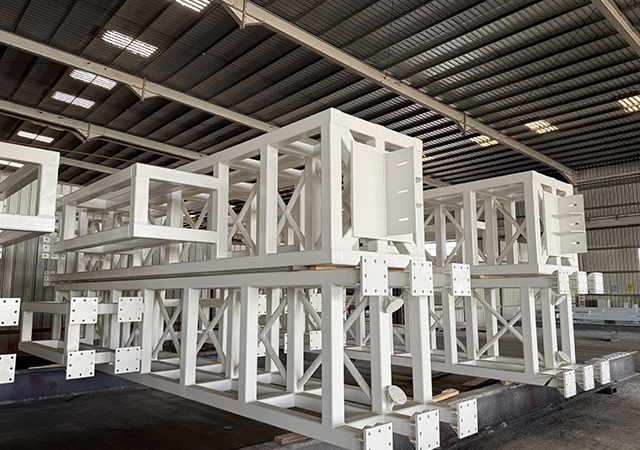

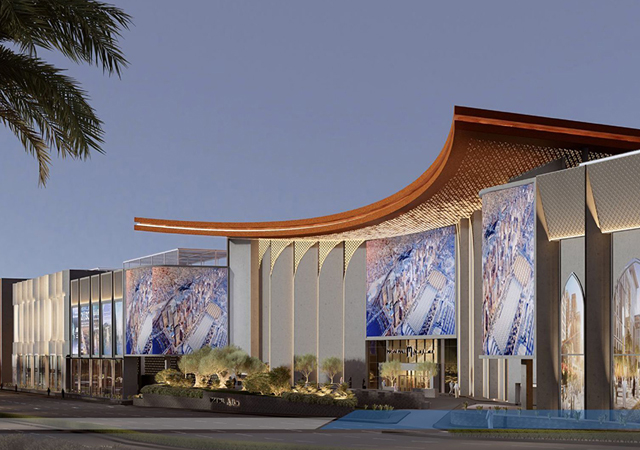


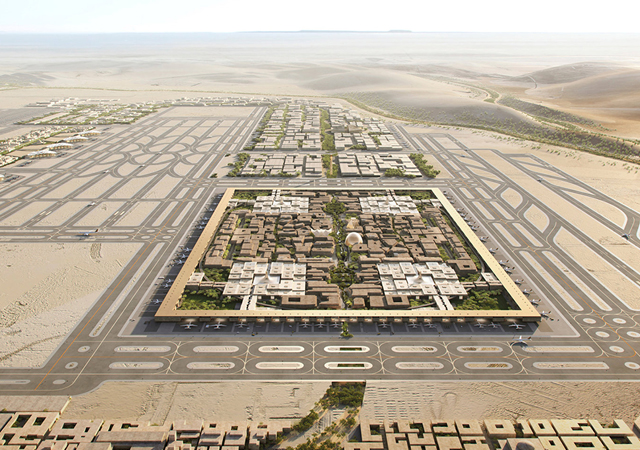

.jpg)

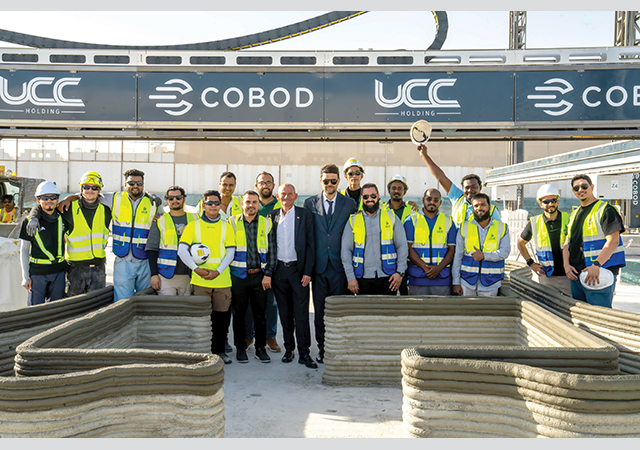
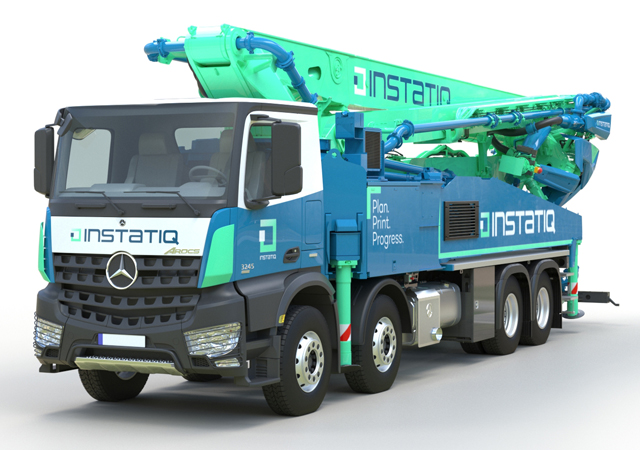


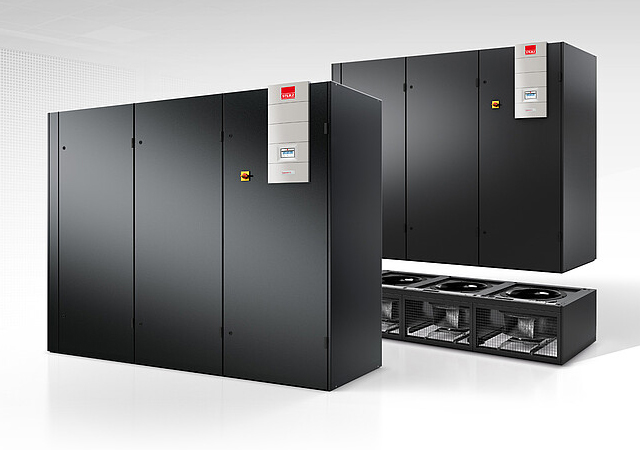
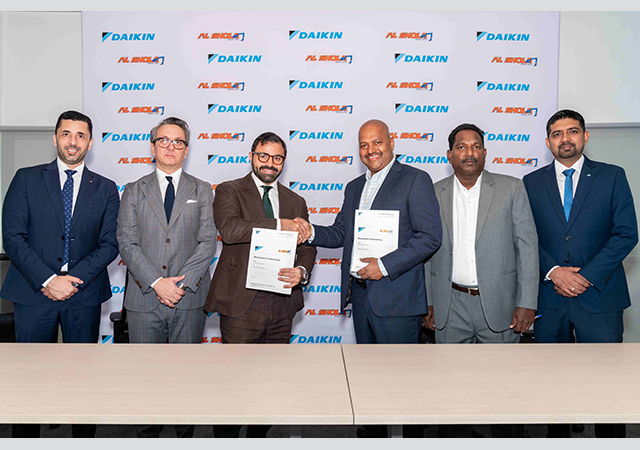

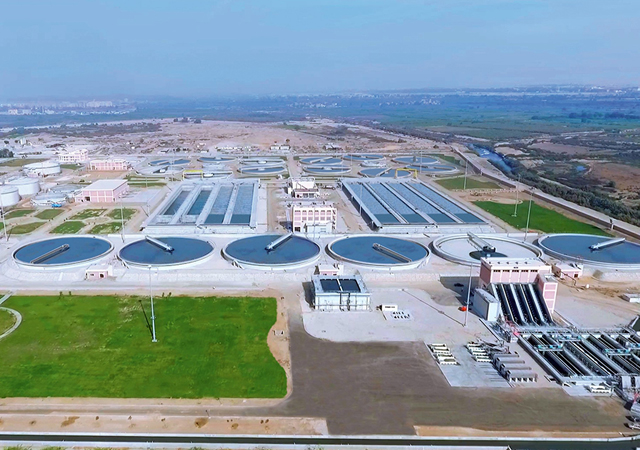







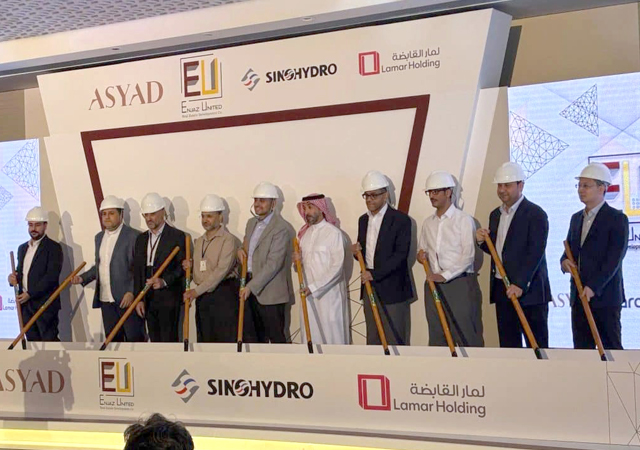

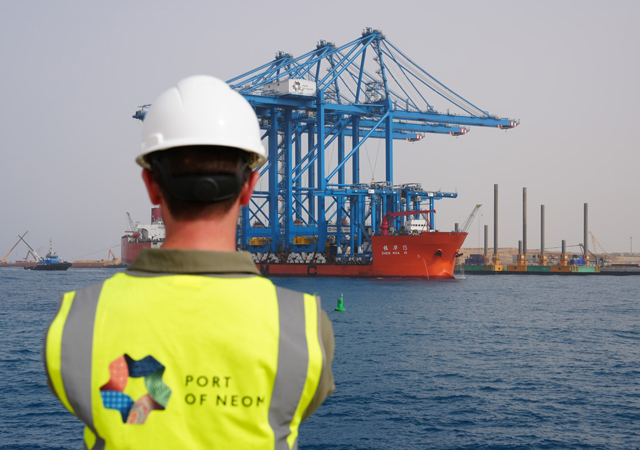

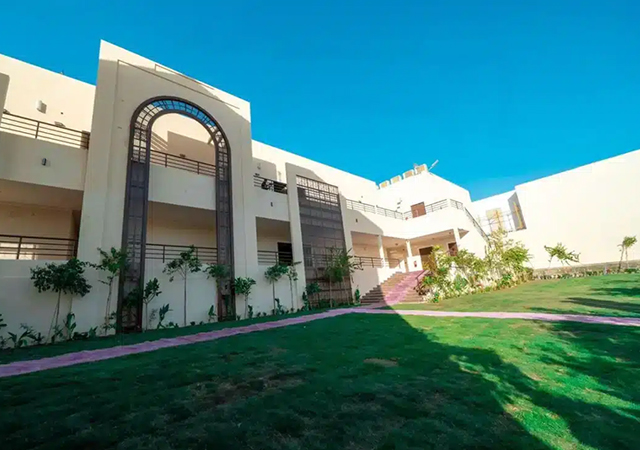

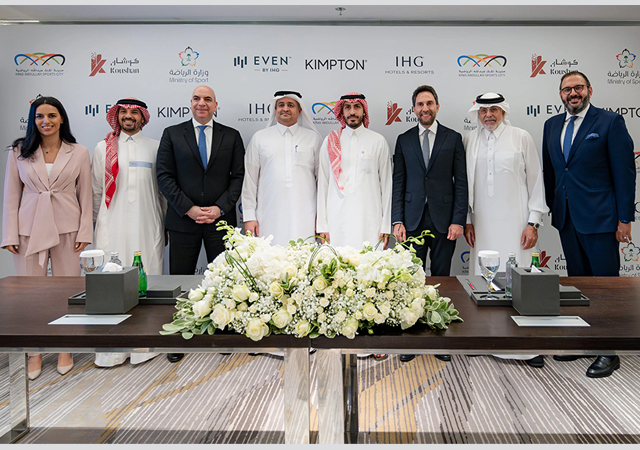







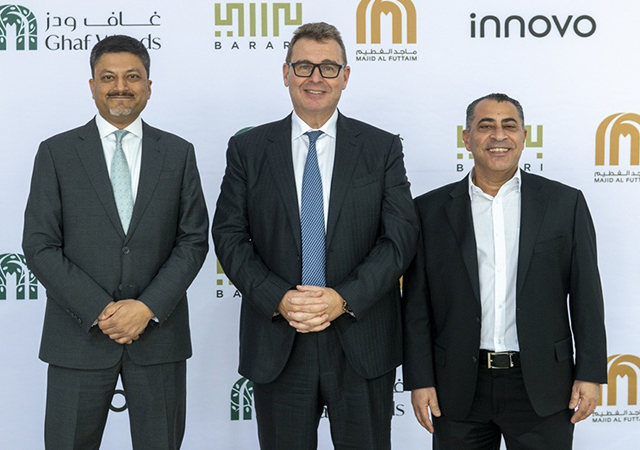





.jpg)







